Workshop Coffee have been kindly supporting us for 3 years now – and we’ve been drinking their coffee even longer. Our London team were recently invited to their Clerkenwell Cafe for a home brewing masterclass with baristas Sam and Josh…
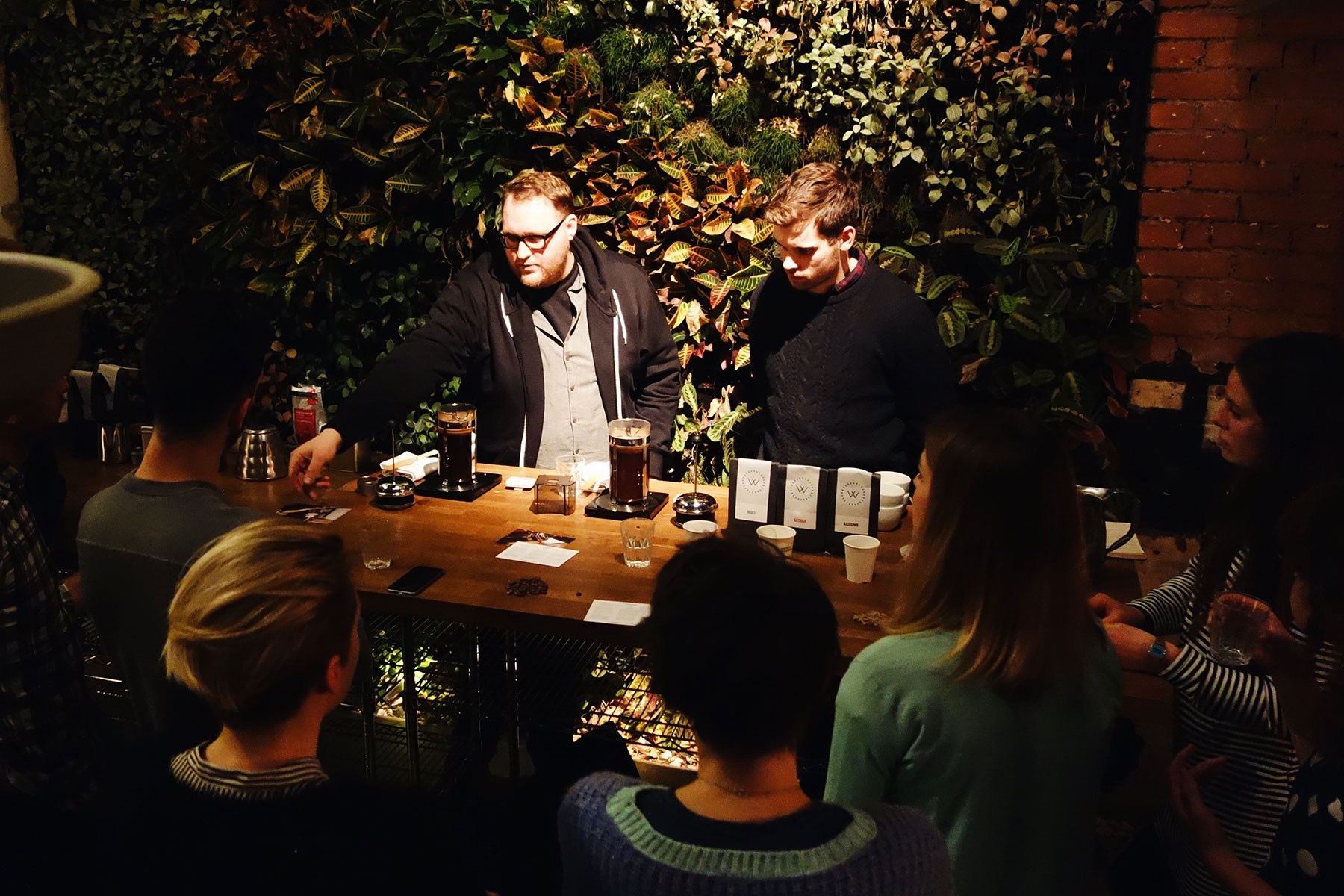
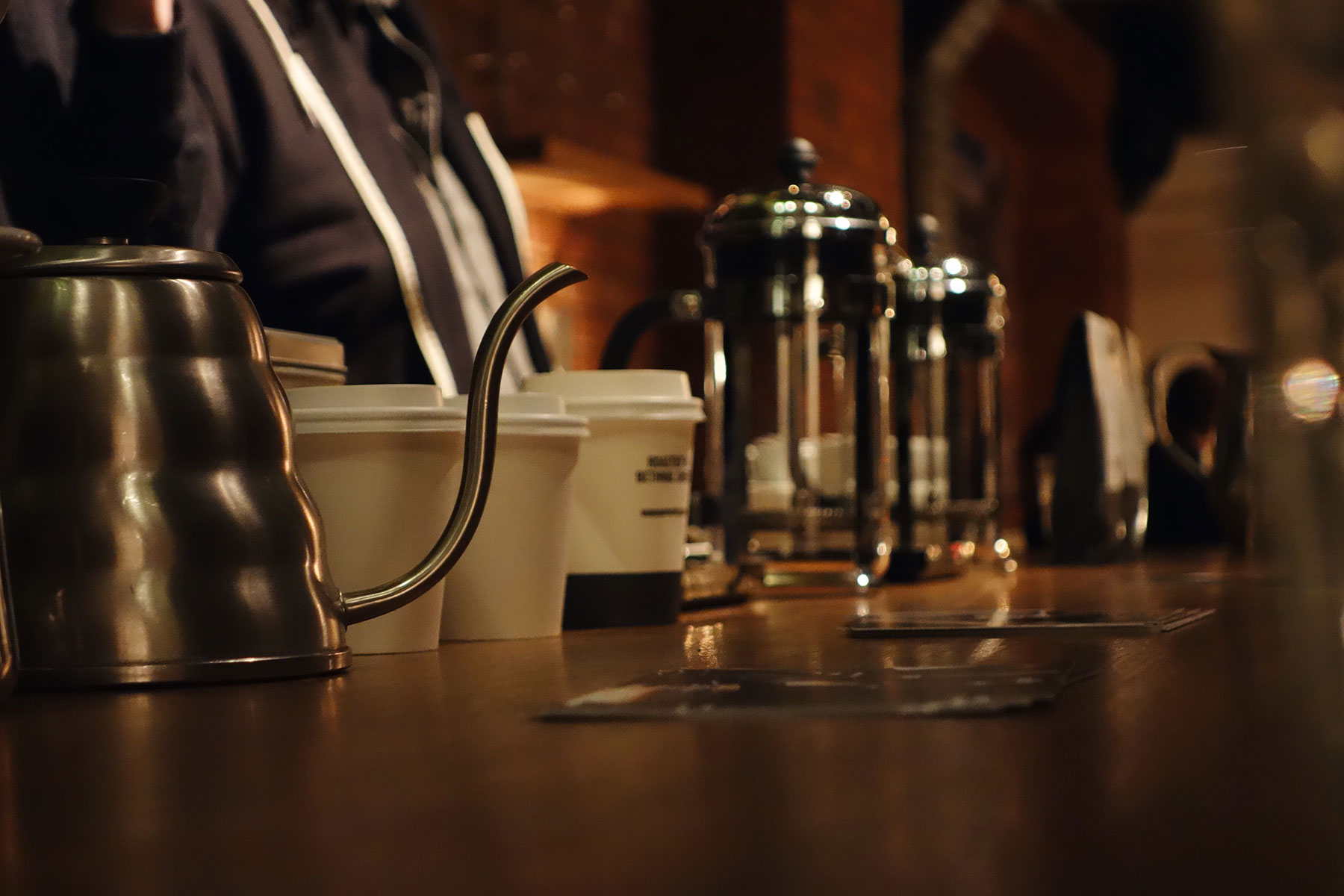
What makes Workshop different is their attention to detail. It’s insane. Every step, every process, every measurement has been thought through – from the moment the fruit is picked, to the second it hits your lips – all resulting in the very best cup of coffee possible.

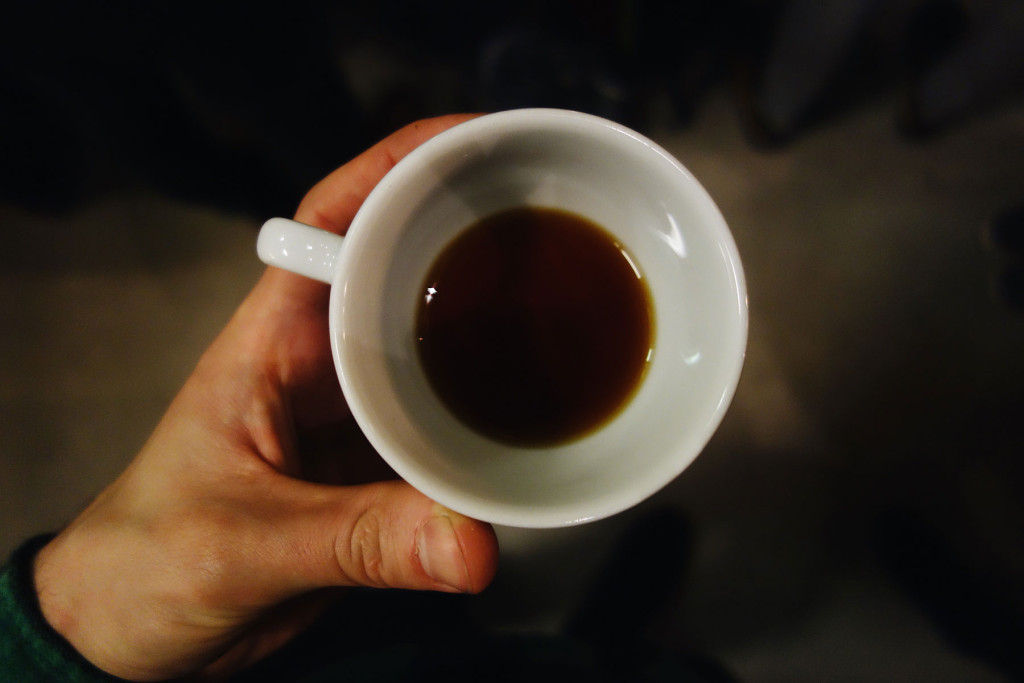
Sourcing
It’s easy to generalise coffee from the country it comes from – Colombian, Kenyan, Costa Rican – this is how we see it in supermarkets and Starbucks. But in the same way that beers have different hops with different flavours, coffee beans (or fruits, as we learnt) are exactly the same.
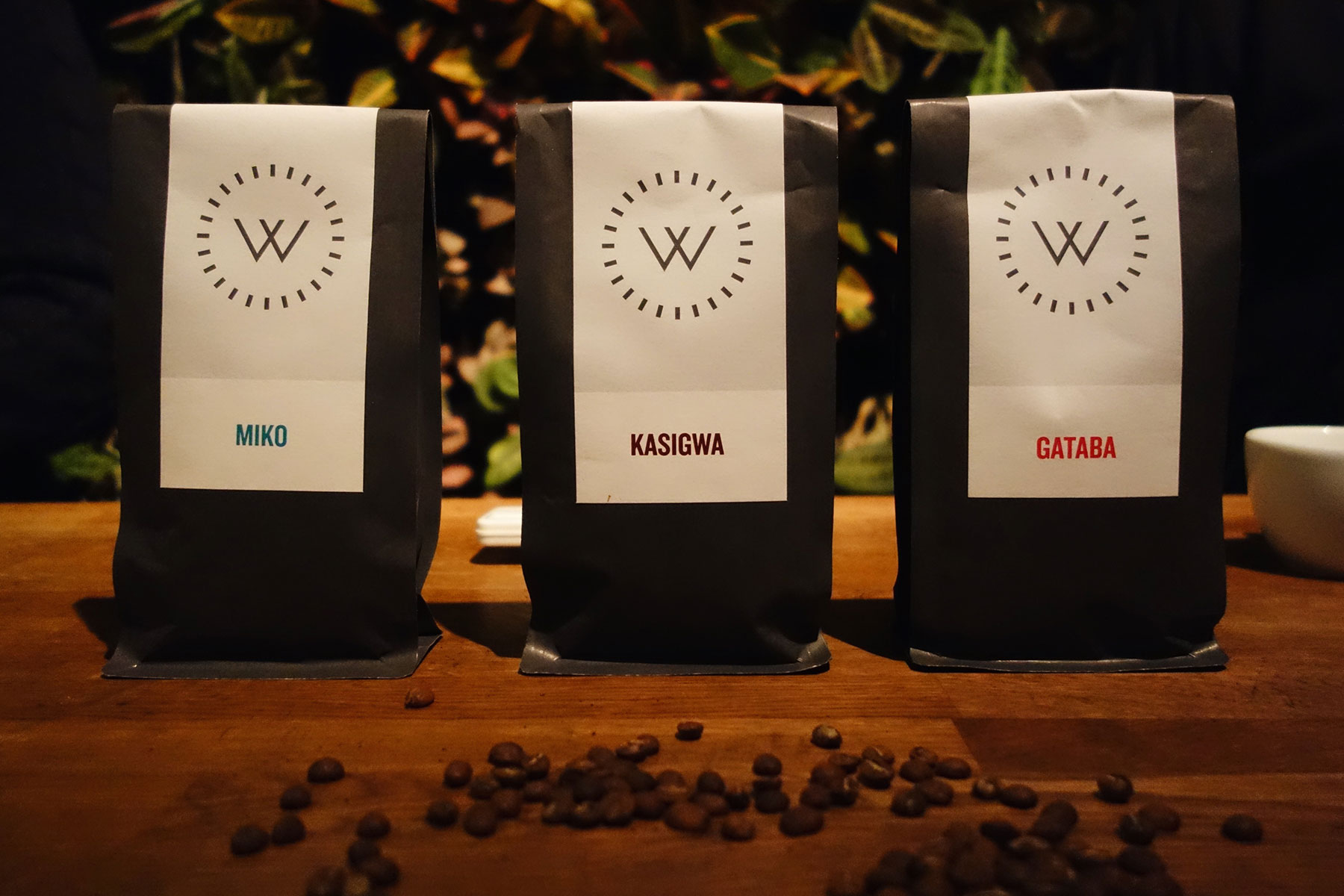
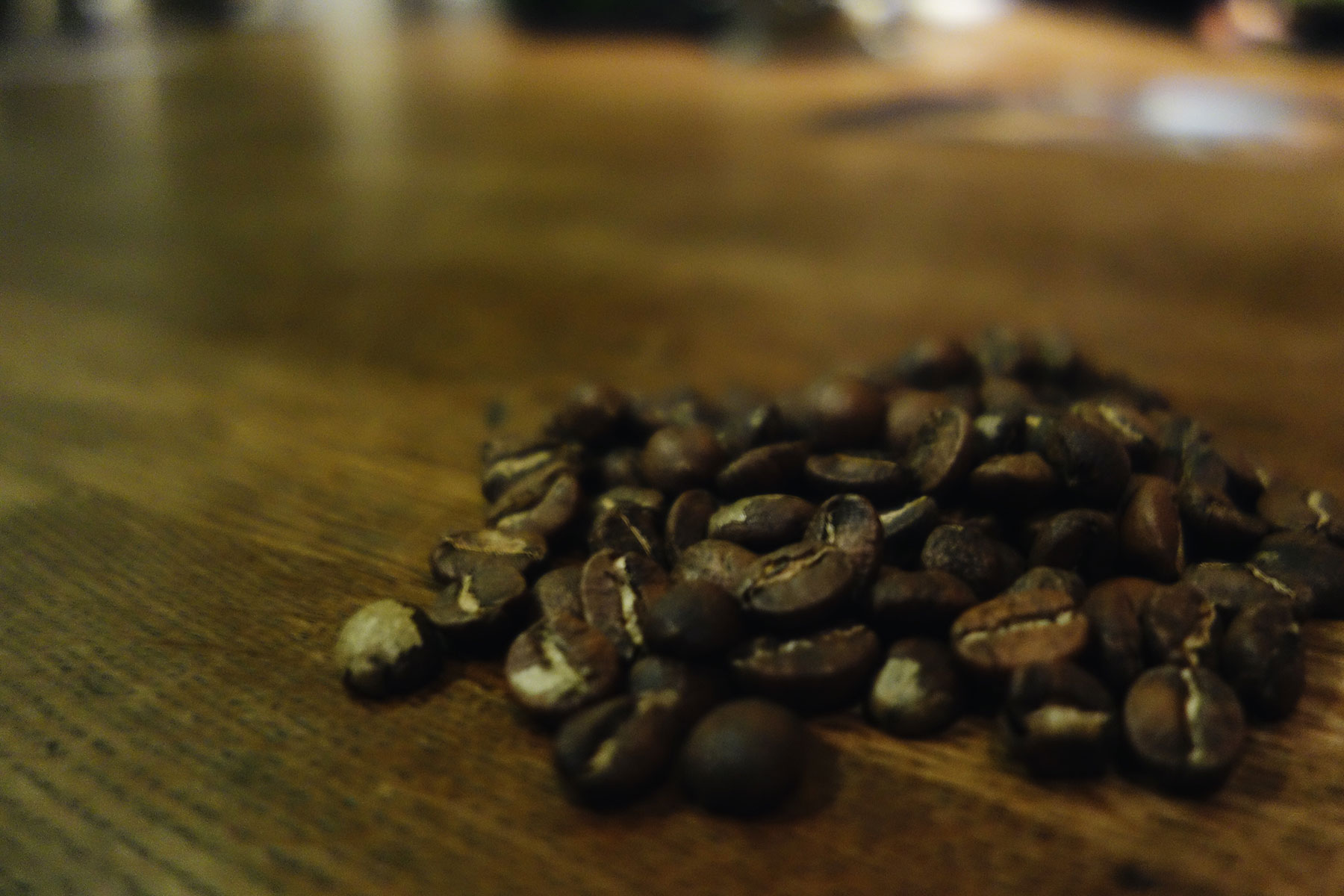
A quality coffee starts with the bean, and that’s why Workshop work closely with growers and producers to showcase the very best coffee. If you follow their Instagram, you’ll see them meeting producers in Kenya, Rwanda, El Salvador, Guatemala, Costa Rica… all in search of the highest quality beans.
What I love is that they want to pass on the credit to their producers, so on the back of every pack you’ll find not only the country, but the producer’s name, region, variety, altitude, process and even the very day the fruit was picked. I told you their attention to detail was insane.
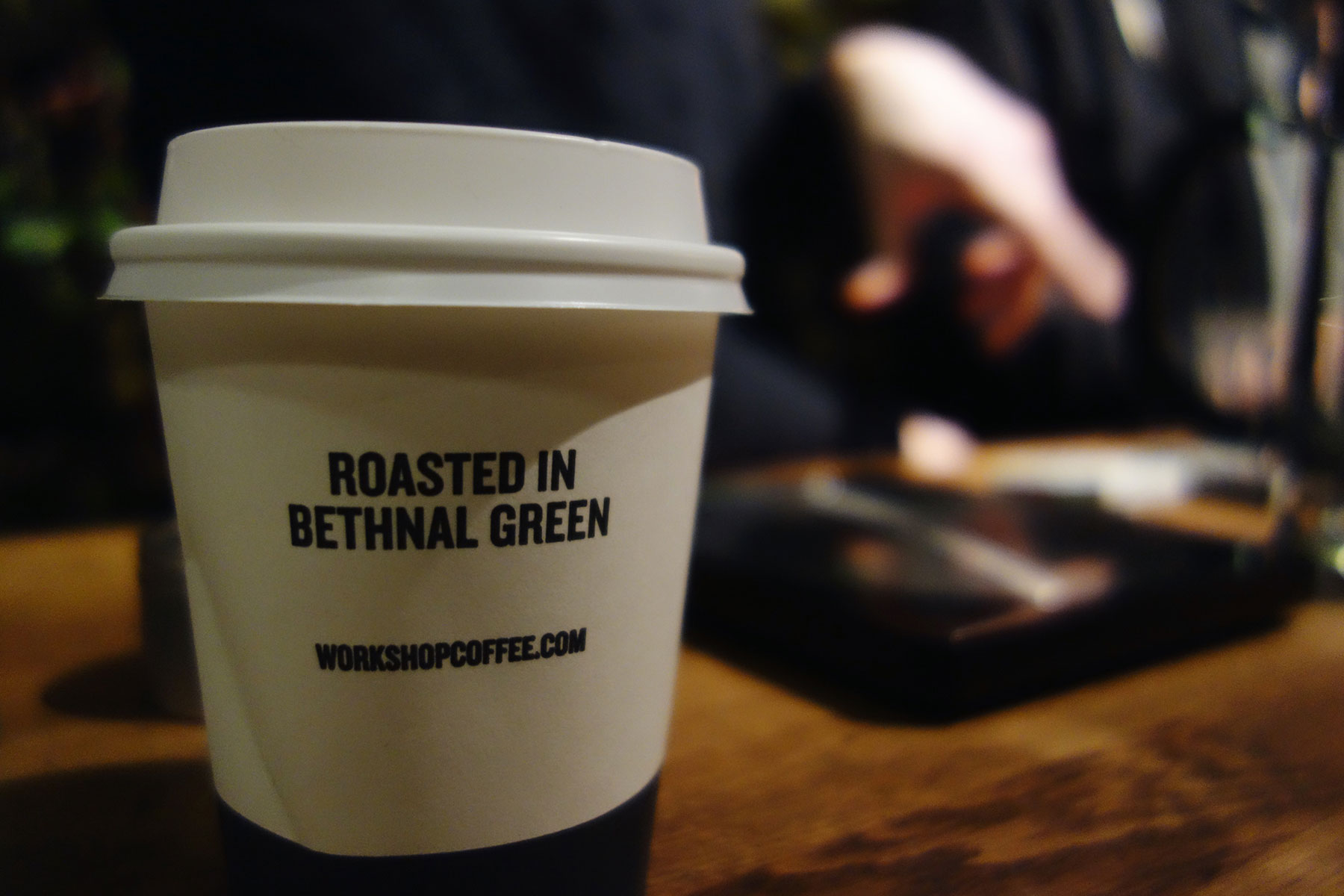
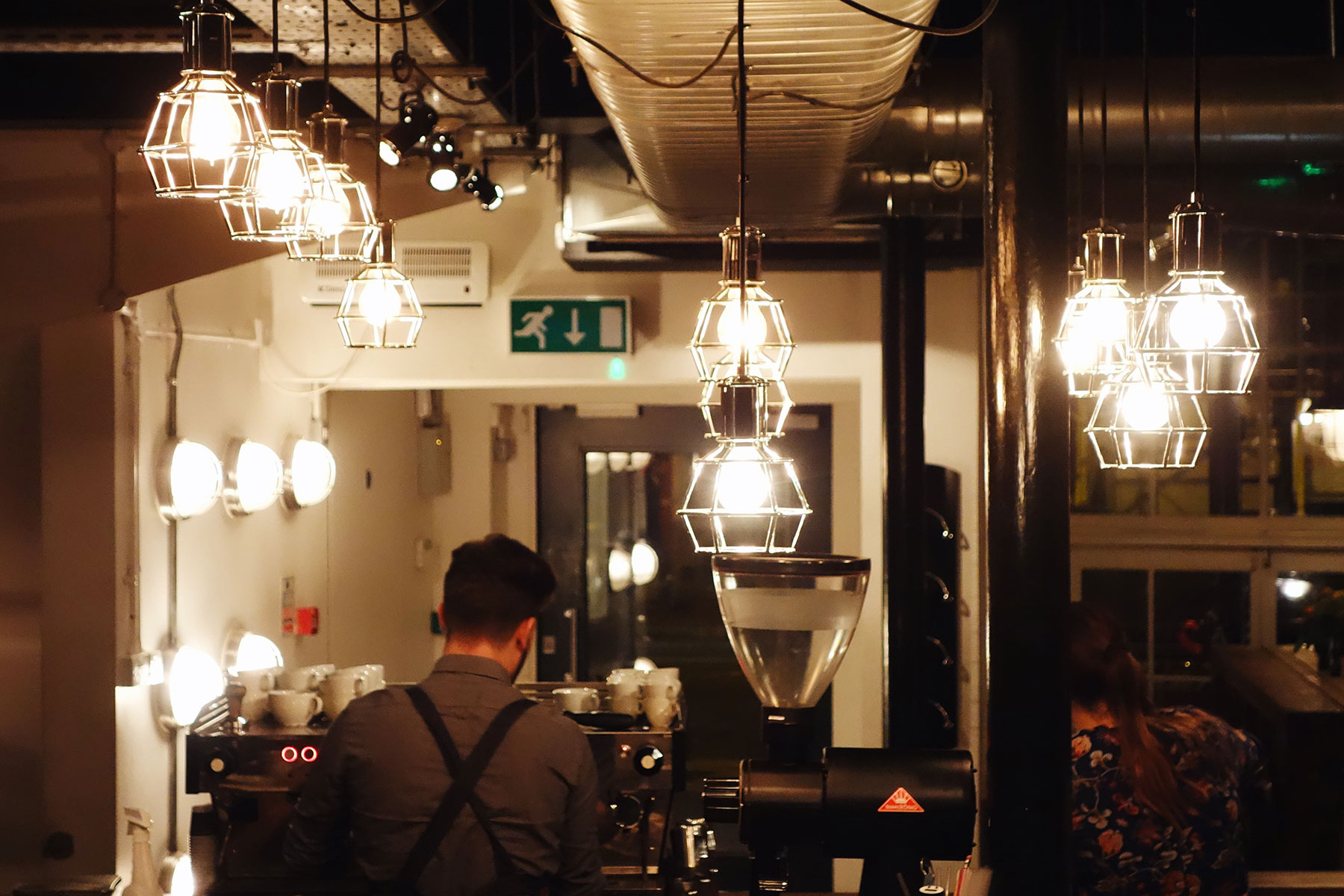
Brewing
There are three common methods for brewing coffee at home; French press, pour over (V60) and Aeropress. I’ve always thought Aeropress was the best but apparently it’s not about being ‘the best’, it’s about preference.
French press is gives a fuller bodied flavour whereas the Aeropress and, more so, V60 give a really clean coffee, almost tea like. Grind of the bean is really important as well – the shorter the coffee is brewed, the finer the grind. So if you’re using a French press, where the brewing time is around 4 minutes, you need a courser coffee.

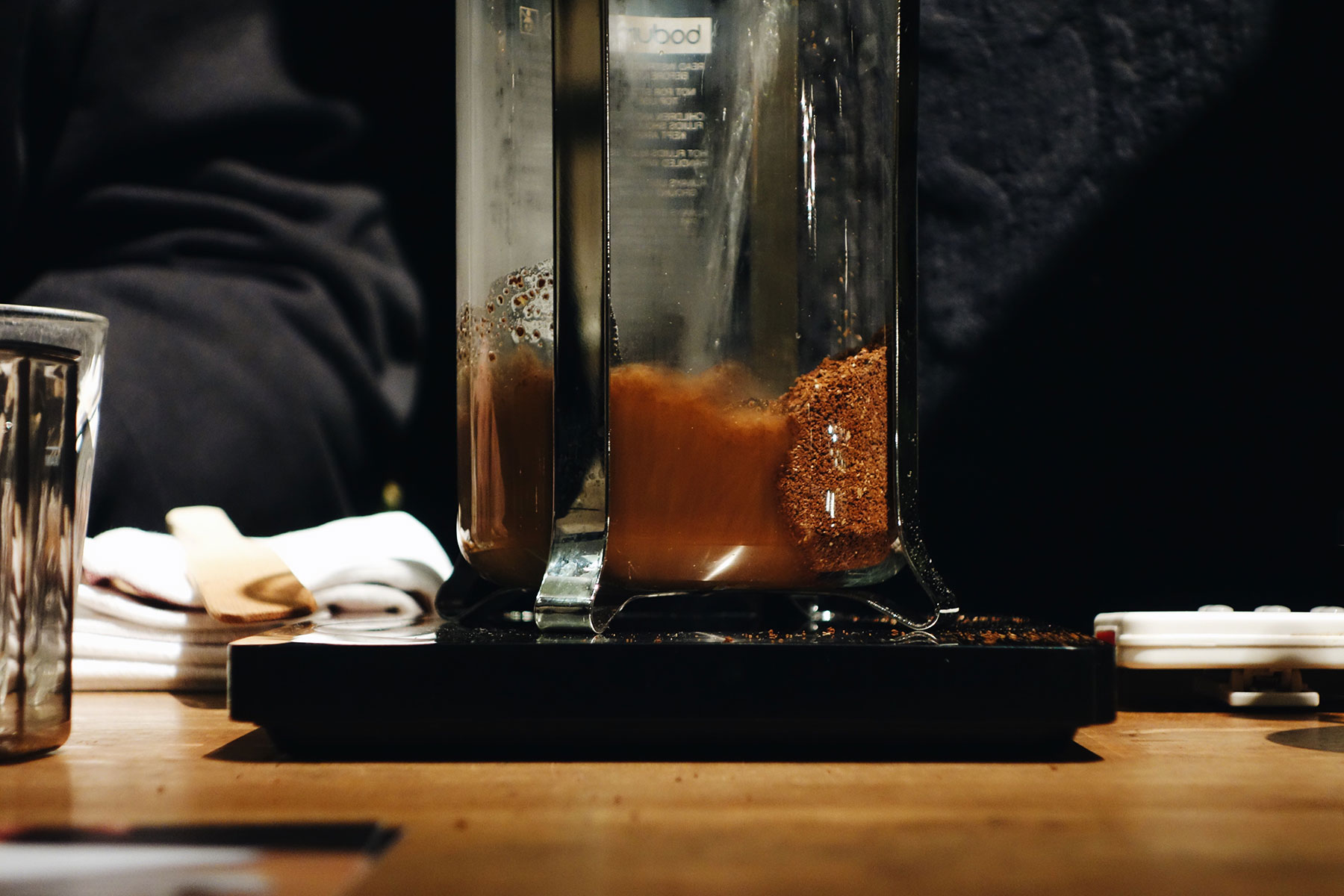
Brewing coffee at home can be as simple or complicated as you like. We’re going to follow up with another post detailing each method but there are 3 things to remember to get the most out of your coffee…
- Quality ingredients:Shit coffee will taste like shit. No matter how good your equipment is, if you use crap coffee it won’t taste good. Water is also important. Bottled or filtered water is best, but at the very least
- Make the extra effort: Following a recipe, using scales and grinding fresh will result in a much better cup. It may take a little bit more time but you’ll soon learn to love the process and it’ll result in consistently good coffee.
- Get involved: Coffee is meant to be enjoyed. It’s not just a caffeine fix. Appreciate flavours, try different beans, methods and find out what you like.

A few other random facts I learnt…
- Around 50 handpicked coffee beans go into every shot of espresso.
- Workshop filter their own water onsite using ‘reverse osmosis’ then re-add in the minerals to the exact level.
- Most people at Workshop prefers to a cappuccino over a flat white.
- Don’t keep your coffee in the fridge. I don’t know where I heard this was a good idea – but it’s not. So don’t.
- The gentleman that invented the Aeropress also invented the Aerobie frisibee. What a guy!
Finally, and most impressively, our rider Alec has never drunk coffee. Never liked it. Found it too bitter, didn’t like the taste… he’s now converted.
Huge thanks to Workshop, Sam and Josh for such a fun and informative evening. If you’re a coffee fan in London, I can’t recommend their masterclass enough.
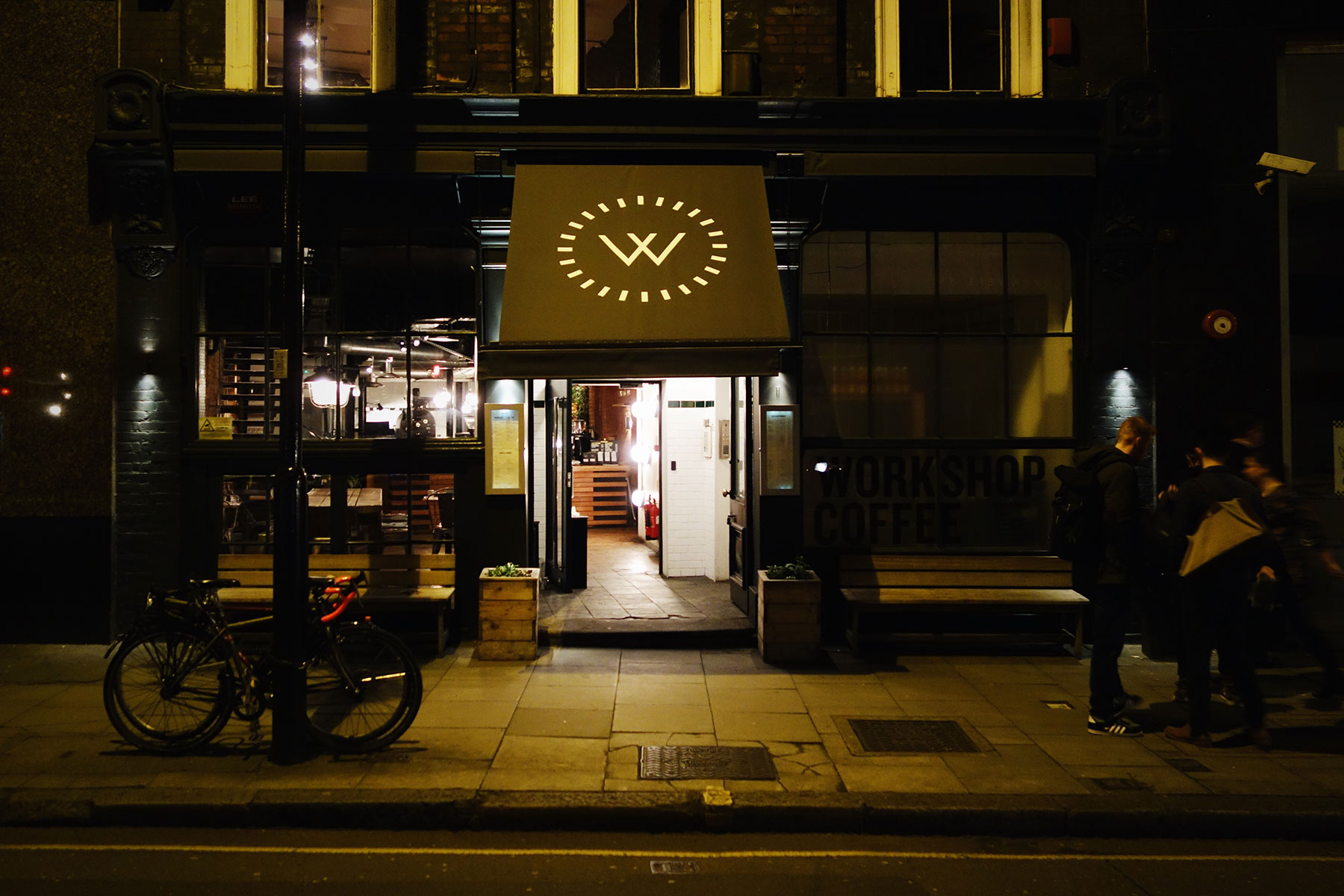
Words and photos by Luke
Leave A Comment